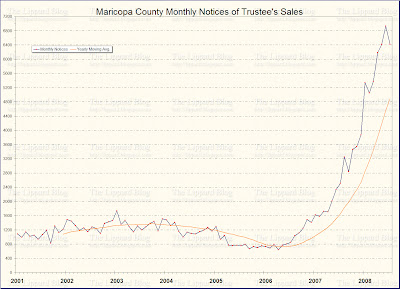Is online journal publication shrinking the long tail?
One might think that putting science journals online would mean that more obscure articles would get greater readership, but a study by James Evans published in Science argues that as more journals are published online, fewer articles are being cited, and those that are tend to be more recently published. While the ability to search online by keywords means that an author of a scientific paper is unlikely to overlook any published paper containing those keywords, it also means that authors are less likely to look at other articles published in the same issues or run into articles that may be related in the big picture but don't contain the selected keywords. Evans found that for each additional year of back issues available online, the average age of articles cited in that journal fell by a month. He predicts that for the average journal, adding five years of back issues online results in a drop in the number of articles cited per year from 600 to 200.
The concern here is similar to the concern about online social networks that become narrowly focused--that people are missing exposure to ideas that they might have previously come across, now that they can select more specifically the items they want. I'm not sure how seriously to take this concern. In my own case, I don't feel like the Internet is causing me to overspecialize, rather it's providing me with access to all sorts of information I wouldn't previously have run into. I don't feel like the Internet is in danger of subdividing into sections of compartmentalized information the way that Bill Bishop's book, The Big Sort, suggests people are forming physical like-minded clusters of neighborhoods. I wonder if Evans would have found different results if, instead of looking at journal citations, he looked at the role being played by electronic publications such as blogs and mailing lists, where I suspect there is increasing interdisciplinary cross-pollination.
(Via The Economist, July 19, 2008, p. 89.)



